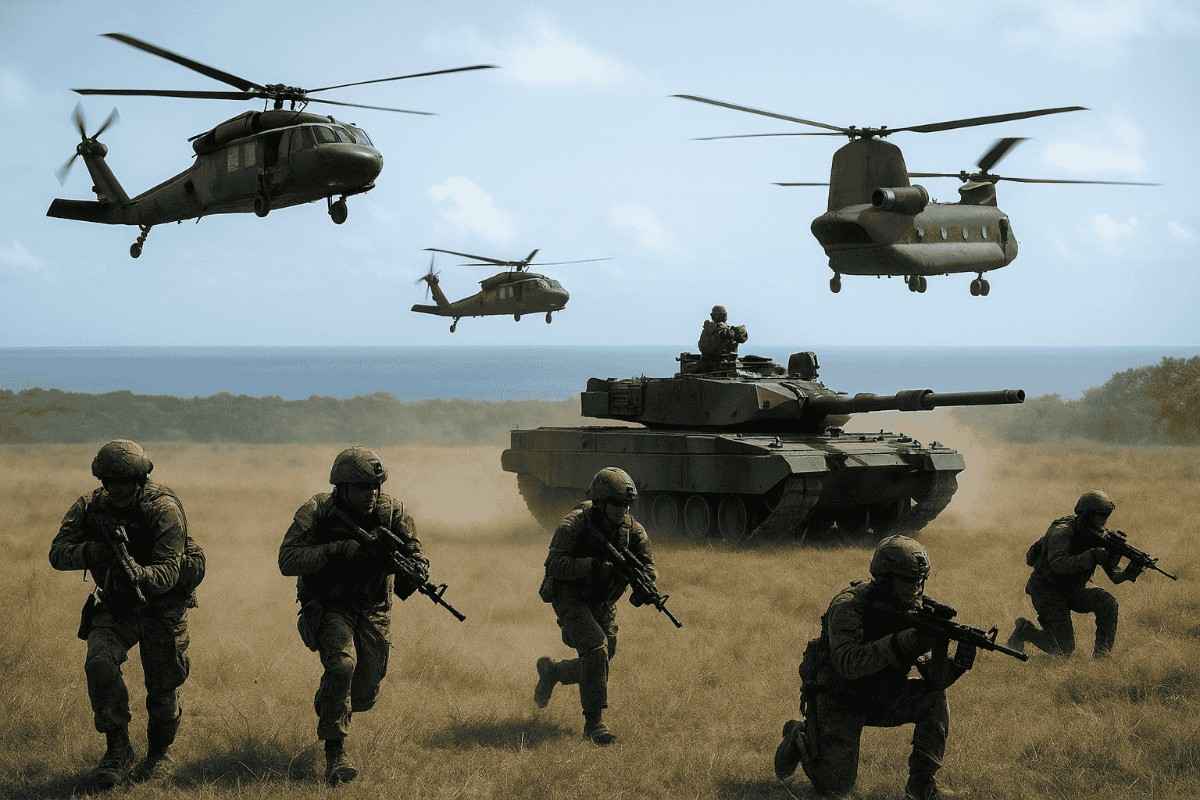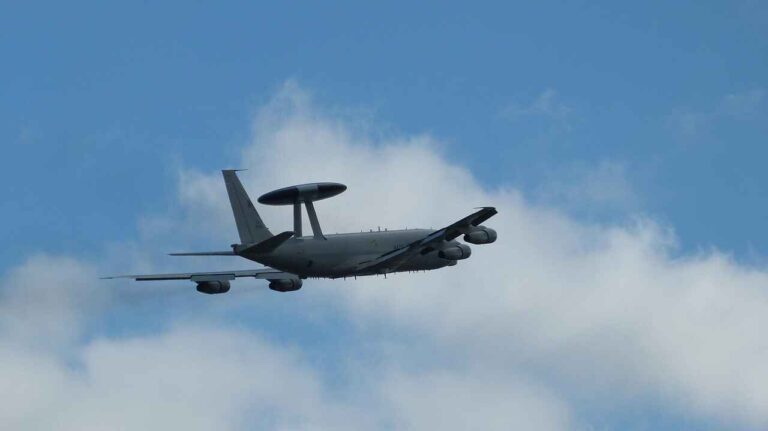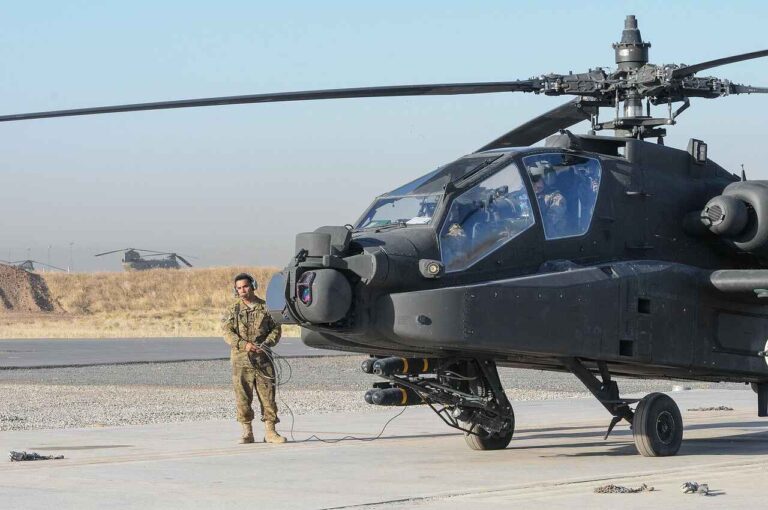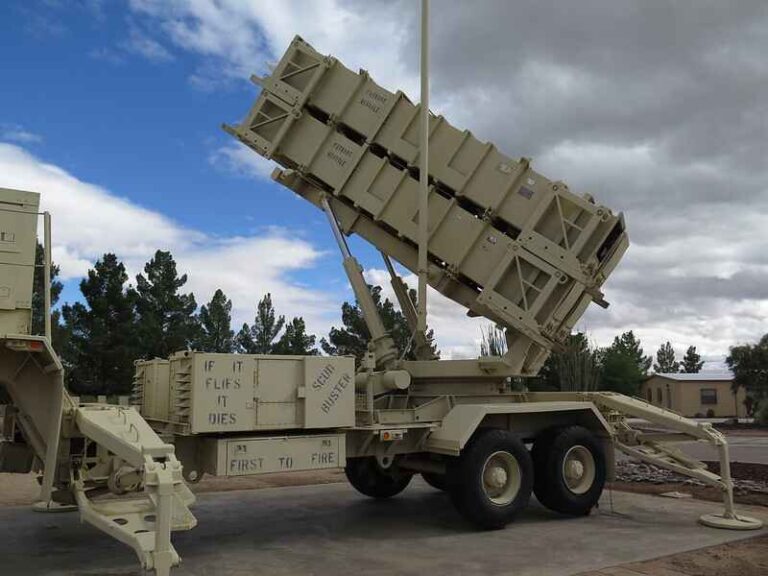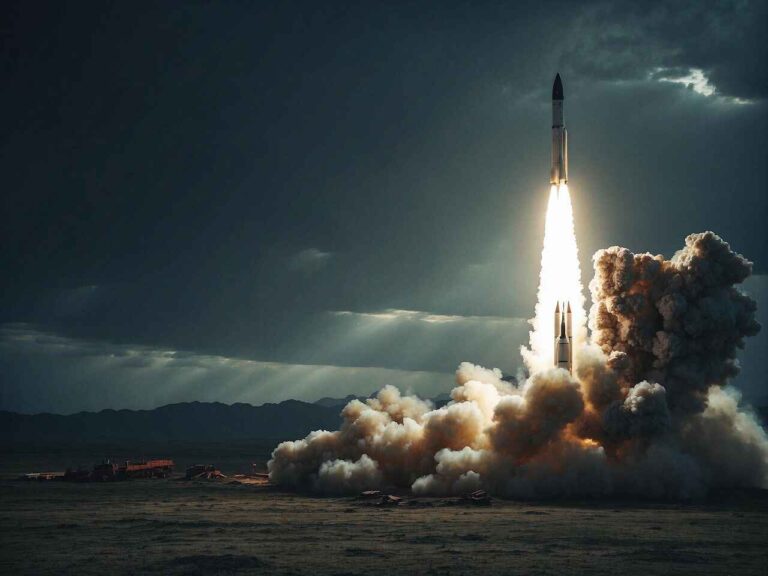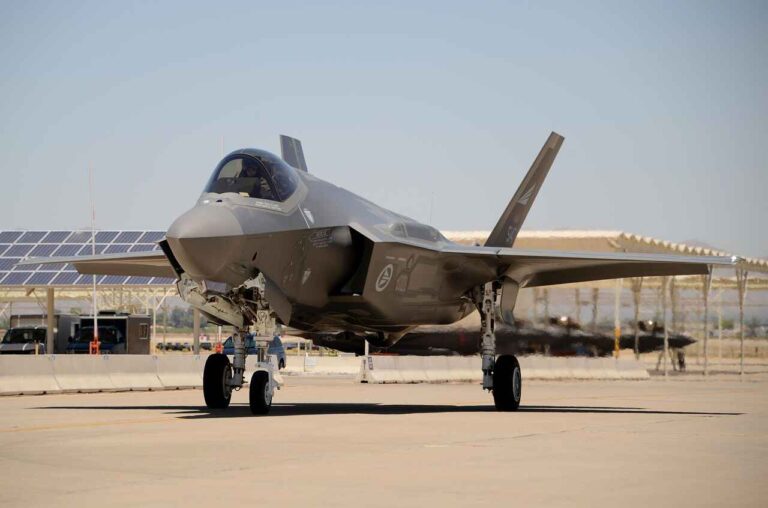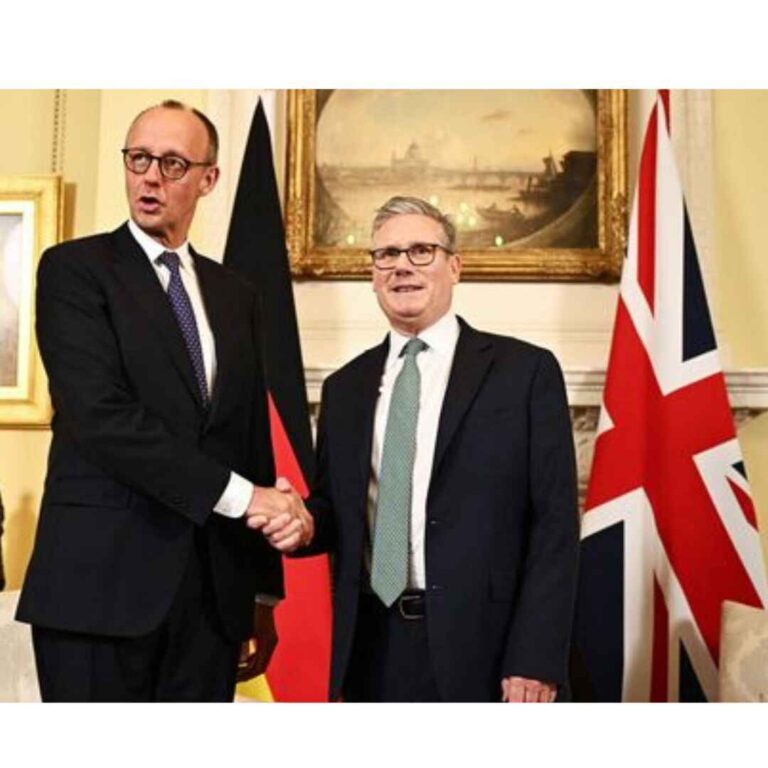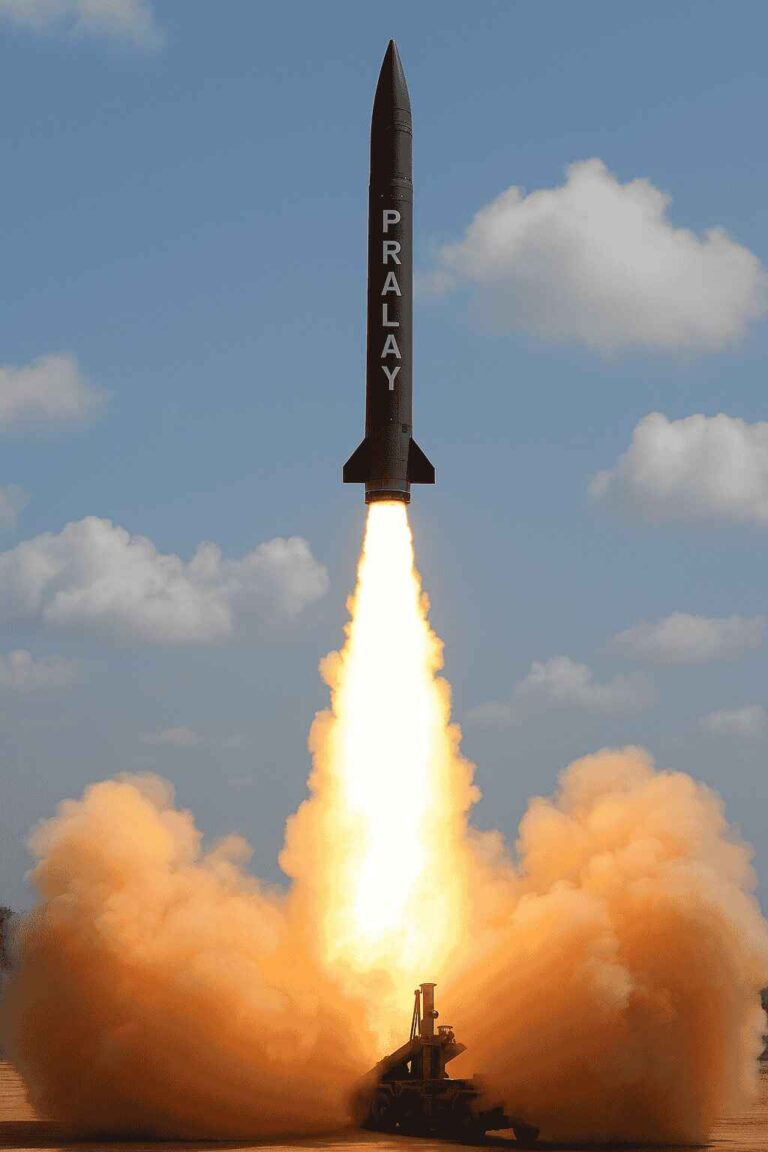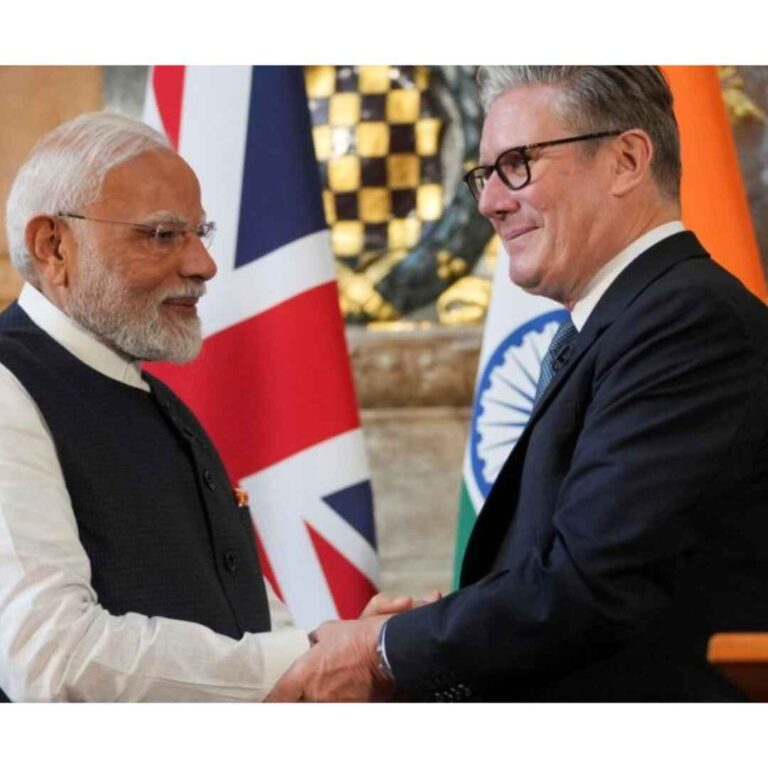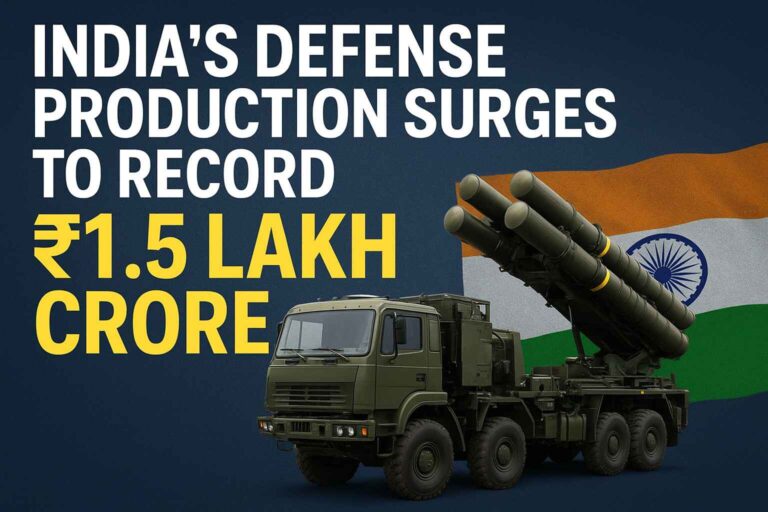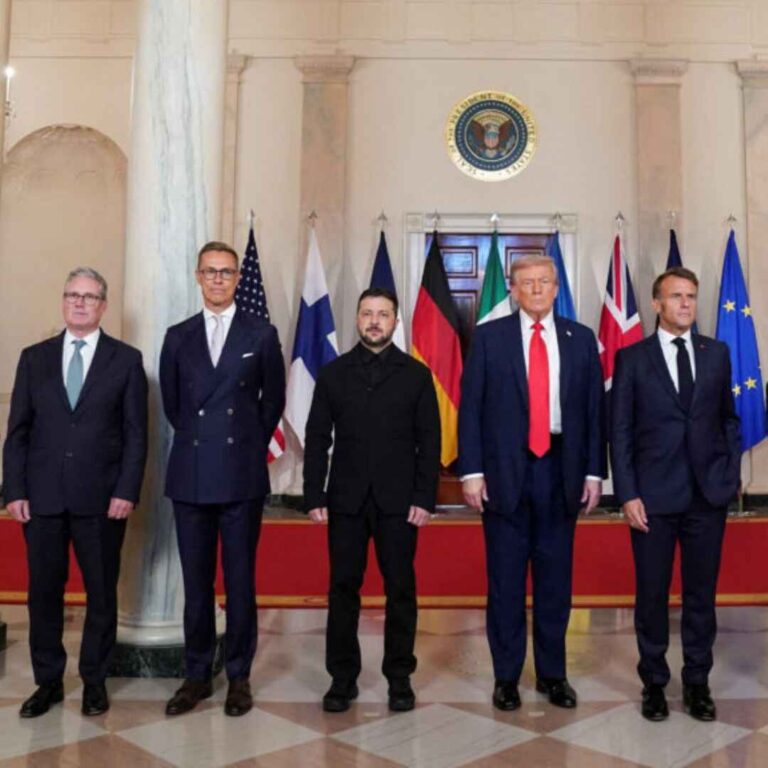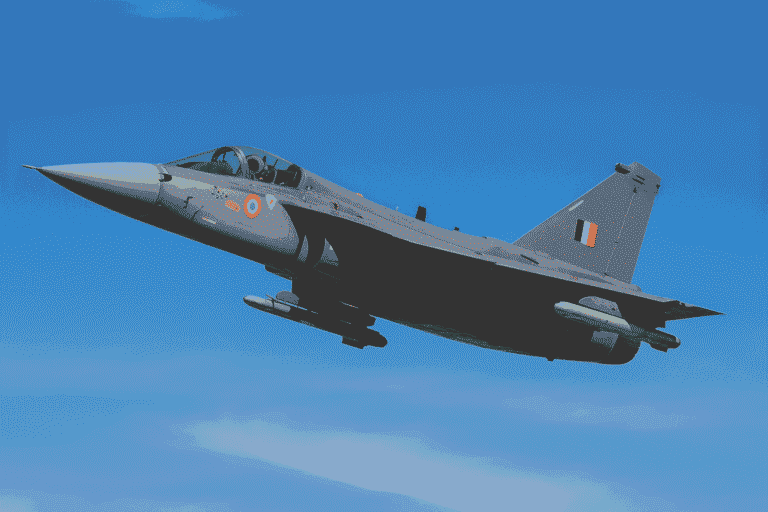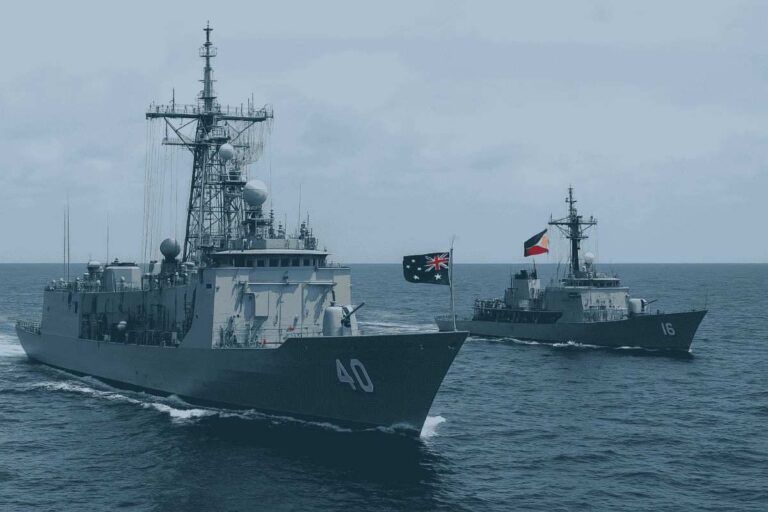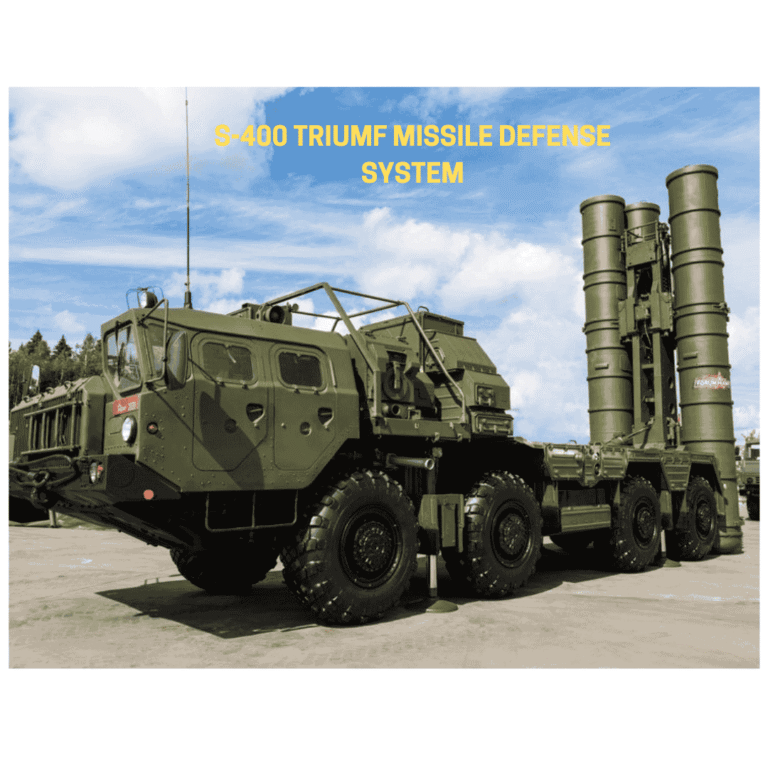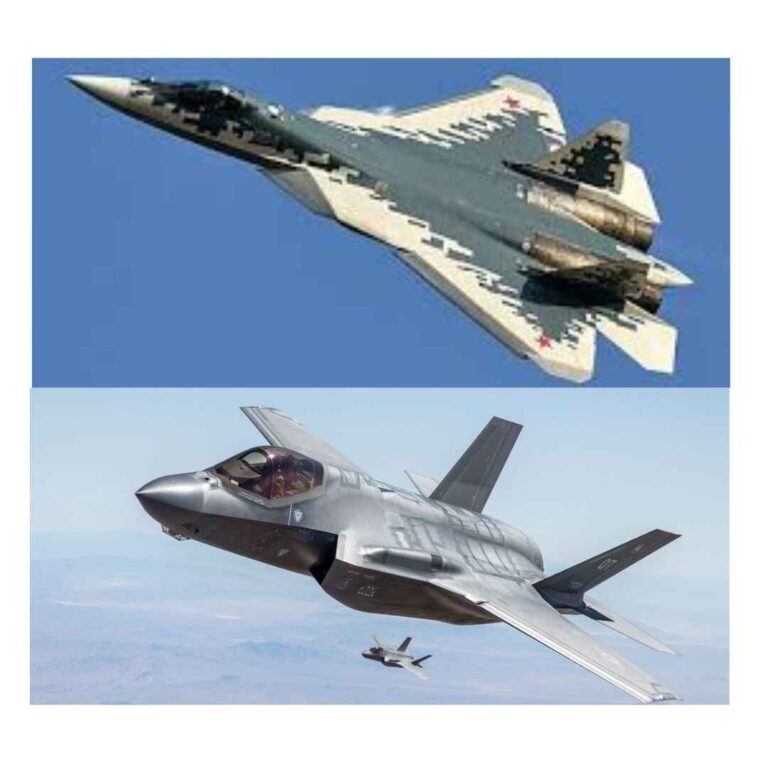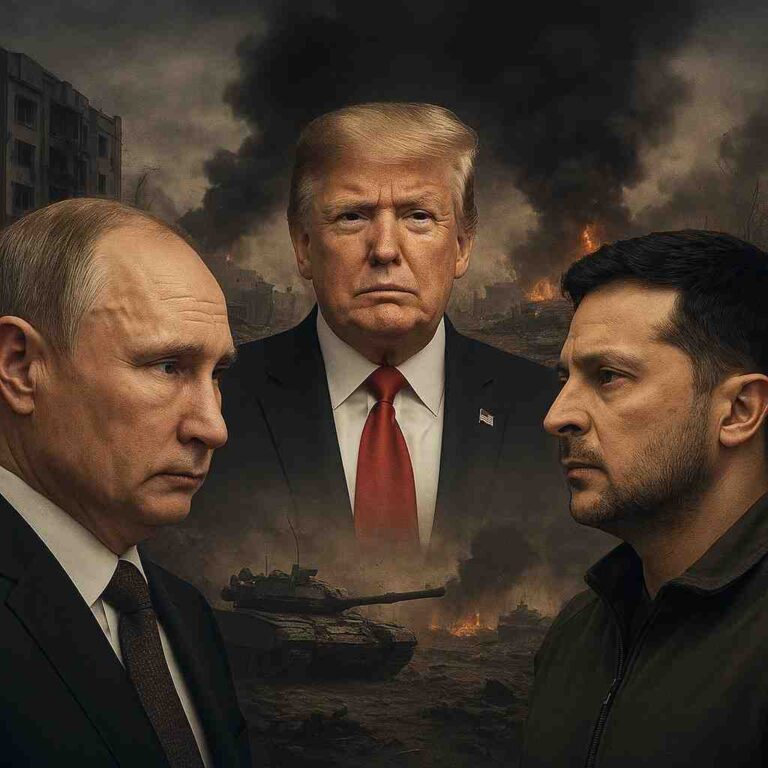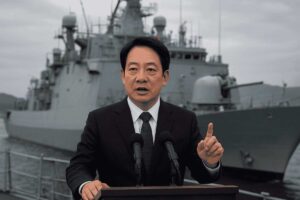Monday, 25 August, 2025
Indonesia and the United States have officially inaugurated the 2025 edition of the Super Garuda Shield, a significant annual joint military exercise that has drawn approximately 6,500 troops from 13 nations to the vibrant locales of Jakarta and Sumatra. Spanning an impressive 11 days, this exercise aims to showcase multilateral cooperation and serve as a formidable deterrent, culminating on September 4 with an eagerly anticipated high-profile live-fire demonstration.
Originally launched in 2007, Super Garuda Shield started as a bilateral military collaboration between Indonesia and the U.S. However, it has evolved into a pivotal cornerstone of Indo-Pacific defense cooperation. The primary focus of this expansive exercise is to enhance interoperability, refine command coordination, and bolster joint readiness, all in support of a free and open Indo-Pacific region.
In recent years, the scale and scope of the exercise have grown exponentially. The 2025 iteration stands out as one of the largest ever, with Indonesia proudly hosting 6,500 personnel from an impressive roster of countries, including Australia, Japan, Singapore, the United Kingdom, France, Canada, Germany, the Netherlands, New Zealand, Brazil, South Korea, and, notably, Japan’s Self-Defense Forces. This year marks their full engagement across all branches- Air, Maritime, and Ground for the very first time, signaling a significant step in regional military collaboration.
The opening ceremony, held in the bustling capital of Jakarta, served as a symbolic testament to both military partnership and the shared strategic interests of participating nations. General Tandyo Budi Revita, Deputy Commander of the Indonesian Armed Forces, emphasized the exercise’s critical role in enhancing collective readiness. He stated, “It serves as a joint exercise where we stand together to respond to every challenge quickly and precisely.”
Admiral Samuel Paparo, Commander of U.S. Indo-Pacific Command, echoed this sentiment, highlighting the exercise’s crucial purpose in reinforcing sovereignty and fostering partnerships based on mutual respect. He remarked, “It represents deterring anyone that would hope to change the facts on the ground using violence, backed by the collective determination of all participants to uphold the principles of sovereignty.”
Operational Footprint
Super Garuda Shield 2025 encompasses a wide array of warfare modalities and operations across diverse terrains. The U.S. Army’s 11th Airborne Division has executed a pivotal port opening at Panjang, located in Sumatra, successfully offloading over 200 pieces of vital military equipment, including UH-60 Black Hawk helicopters, tactical vehicles, and cargo containers. This logistical groundwork is essential to ensure that troops are well-supported throughout the exercise. Captain Jenny Cabanas emphasized the port’s significance, asserting that “without these operations, none of the equipment, vehicles, or supplies reach the fight.”
In keeping with established patterns of previous years, the exercise will cover a broad spectrum of components, including land, air, maritime, and even cyber operations. The 2024 exercise had already seen the Joint Operations Center effectively coordinate air, sea, and land operations in real-time, an innovative approach set to continue in this year’s iteration.
One of the noteworthy developments is the full engagement of all three branches of Japan’s Self-Defense Forces, practicing a variety of maneuvers such as parachute jumping, amphibious assaults, and combat firing exercises in the rugged terrains of western Sumatra. This participation not only seeks to enhance their interoperability but also aligns with Japan’s vision of promoting a Free and Open Indo-Pacific.
The exercise will reach its climax on September 4 with a high-stakes live-fire demonstration that will showcase the operational capabilities honed over the preceding days. Various observers from several Asian nations have been invited to witness this final, dramatic phase.
Strategic Overtones & Regional Context
While Indonesia maintains significant economic ties with China, it is simultaneously pursuing a strategy of defense diversification through enhanced interoperability with Western military forces. Analysts refer to this approach as “dual-track diplomacy,” whereby Indonesia strategically balances its regional commitments without aligning itself too closely with any one power.
Muhammad Zulfikar Rakhmat from Indonesia’s CELIOS think tank provides insight into this strategy, stating, “This dual-track diplomacy might seem inconsistent. But for Jakarta, it is strategic. Indonesia is embracing defense diversification, not alignment.”
From the U.S. perspective, military leadership sees these exercises as essential in fostering collective deterrence, which remains a key tool for deterring acts of aggression, even without explicitly naming adversaries.
Defense Diplomacy & Interoperability
The Super Garuda Shield exercise serves as a vital platform for military exchanges, facilitating interactions across command structures, tactical methodologies, and trust-building initiatives. Japan’s full engagement with all three branches of its Self-Defense Forces illustrates a deepening trust and synergy with regional partners.
The participation of countries from beyond Southeast Asia including Brazil, Germany, and the Netherlands, underscores a broader global investment in the security of the Indo-Pacific region. The exercise’s multidisciplinary approach ranging from intricate port logistics to advanced cyber coordination illustrates the evolving nature of threats and the necessity for synchronized responses across myriad domains.
The establishment of rapid command posts like the Joint Operations Center exemplifies the modern warfare paradigm, which heavily relies on real-time intelligence sharing and cooperative planning.
Super Garuda Shield 2025 epitomizes Indonesia’s strategic calculus, maintaining robust ties with various global powers while avoiding complete alignment with any single nation. As the exercise unfolds and culminates on September 4, it reaffirms the significance of a multilateral defense framework in the region, underpinned by cooperation rather than confrontation.
The lasting impact of these drills will ultimately depend on the ability to sustain trust, expand interoperability, and translate training into effective real-world readiness all while avoiding the escalation of tensions in an already complex Indo-Pacific security environment.

